K 2016 preview: Gearing up for the world’s largest plastics show
Previous Article Next Article
By Jon Evans
K 2016 preview: Gearing up for
the world’s largest plastics show
Previous Article Next Article
By Jon Evans
K 2016 preview: Gearing up for the world’s largest plastics show
Previous Article Next Article
By Jon Evans
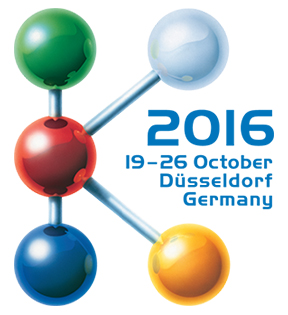

K 2016 — the world’s largest plastics fair — will feature 3,200 exhibitors from 60 nations and more than 200,000 visitors over 8 days

K 2016 — the world’s largest plastics fair — will feature 3,200 exhibitors from 60 nations and more than 200,000 visitors over 8 days


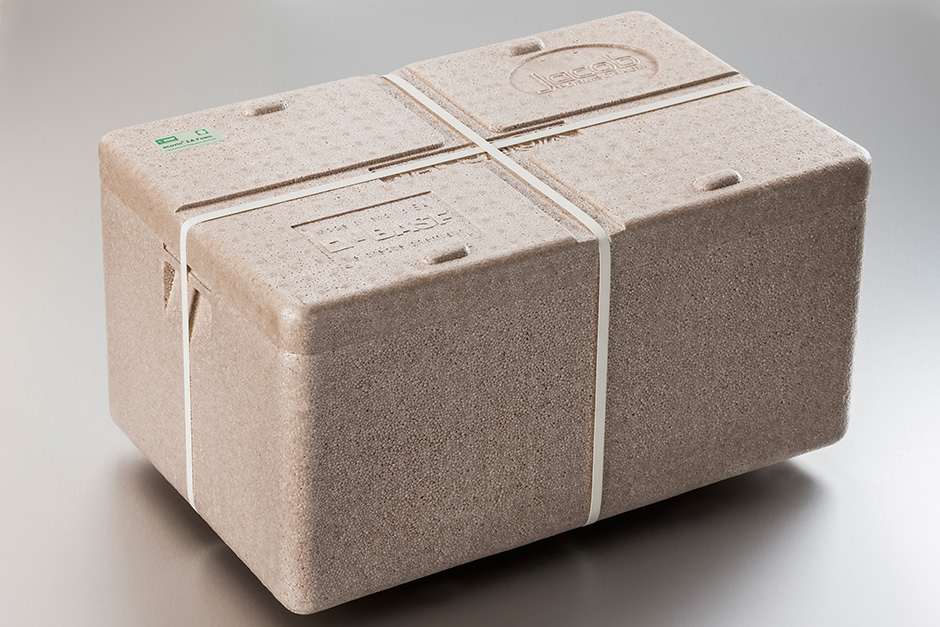
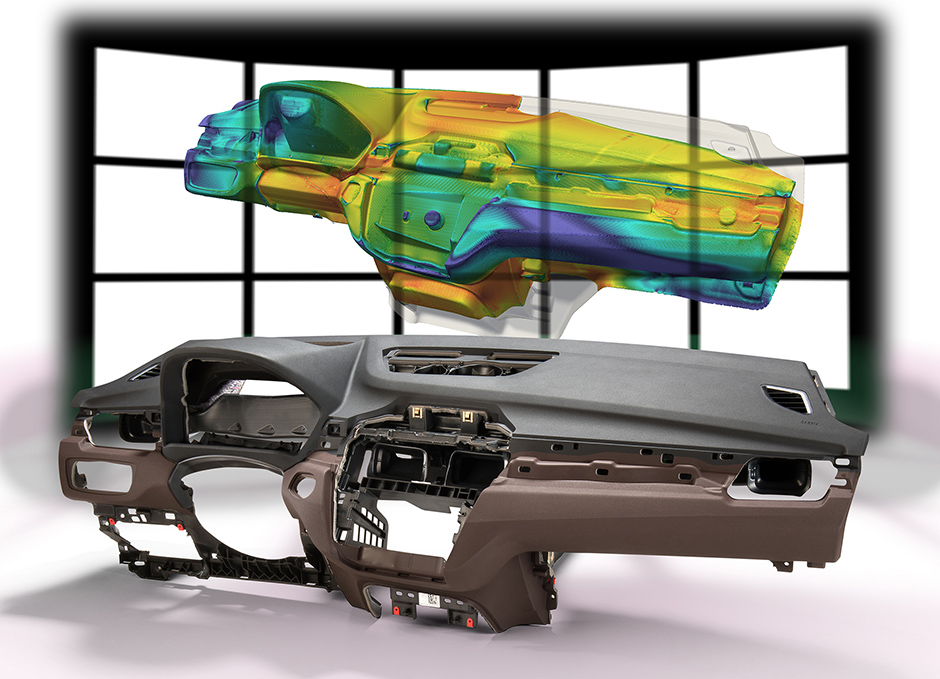
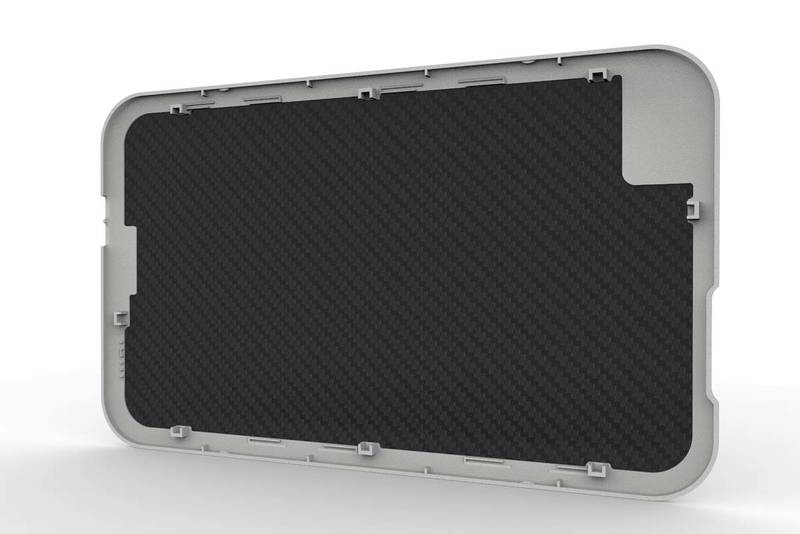
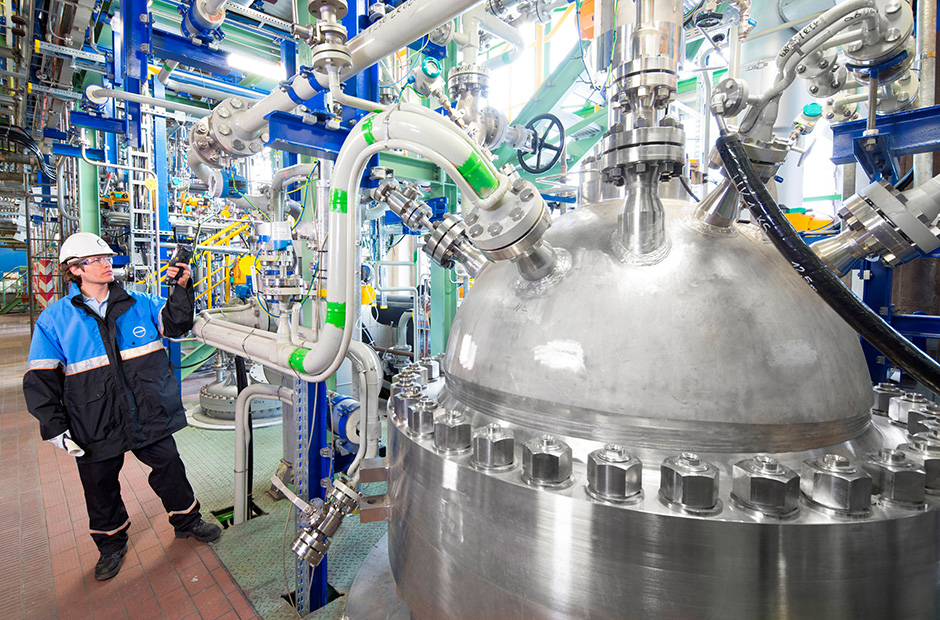
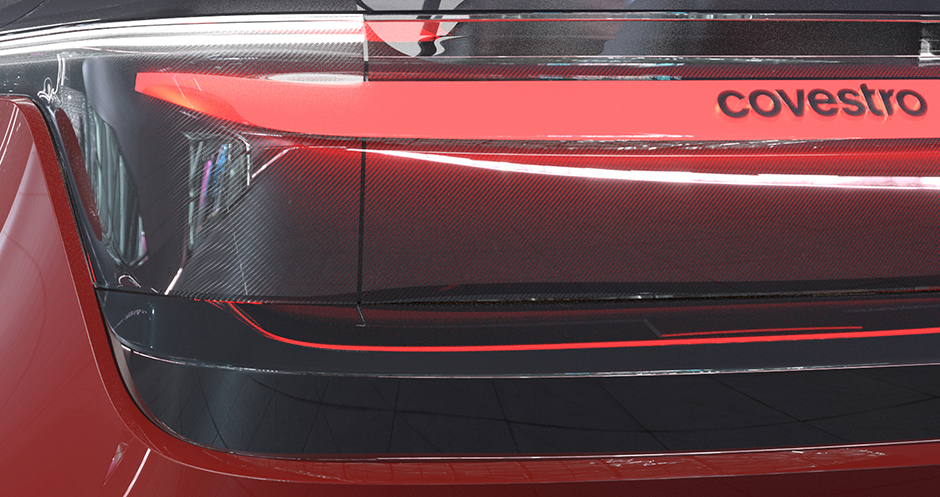

What are you looking for at the K show? Tell us what you hope to achieve, and what would make it successful for you. Join the discussion in the Industry Exchange section of SPE’s online forum The Chain: http://bit.ly/K_Show_goals
Innovation will be the word on everyone’s lips at this year’s K 2016 trade fair, taking place in Düsseldorf, Germany, from Oct. 19-26.
“Innovative products are the most important asset in a competitive environment,” says Werner Matthias Dornscheidt, president and CEO of Messe Düsseldorf, which organizes and manages the K fair. “Only those who can offer new technologies that bring real benefits to their customers will be able to hold their own against strong competition.”
Meanwhile, speaking at the company’s recent K 2016 preview, Covestro LLC CEO Patrick Thomas said, “Our main objective is to drive energy efficiency, improve people’s lives and create value, while at the same time reducing our own use of fossil resources. But developments of this kind are impossible without intensive and targeted innovation.”
As the premier trade fair for the plastics and rubber industry, the triennial K fair has always been a prime venue for companies to unveil their latest innovations. But K 2016 will place a major focus on four innovative themes of particular importance for the future development of the global plastics industry – new materials; lightweight solutions; resource efficiency; and industry 4.0.
These themes will feature heavily in both the Innovation Compass, which will bring together some of the innovative technologies being developed by the plastics industry, and the Science Campus, which will showcase the latest plastic research being conducted by universities and research institutes. The four themes will also feature in a special show called ‘Plastics shape the future”, which through panel discussions and multiple media will explore how plastic innovations will help to solve tomorrow’s challenges in functional, aesthetic and sustainable ways. Other issues such as marine litter will also be addressed during the show.
As usual, however, the more than 3,000 exhibitors from five continents, spread over the 19 halls of the Düsseldorf exhibition center, will be the main draw of K 2016. But here, too, the four themes will feature heavily, as revealed in the K 2016 preview information that several companies have already put out.
In its first K fair since being spun-off from Bayer AG and changing its name, Covestro will be presenting a whole host of new plastic materials, including materials for three-dimensional (3D) printing. These will include various types of plastic filament for a form of 3D printing known as fused filament fabrication, in which the plastic filaments are melted before being laid down in a desired pattern. The filaments range from flexible thermoplastic polyurethanes (TPU) to high-strength polycarbonate.
In addition, Covestro is able to offer TPU powders for another form of 3D printing known as laser sintering, in which the powders are laid down in a desired pattern before being solidified with a laser. Laser sintering is conventionally used with metal powders, but TPU allows it to produce more flexible products, such as soles for shoes.
The company also is actively developing a whole range of new materials for 3D printing, with the aim of expanding beyond the around 30 or so materials that are currently available. To this end, the company recently opened a new 3D printing laboratory at its headquarters in Leverkusen, Germany. “We want to work with leading partners in the process chain to further advance these developments,” said Julien Guiu, who leads the company’s global 3D printing activities. “These include formulators, 3D printer manufacturers, software companies, service providers and of course OEMs.”
Other companies will be presenting alternative approaches for expanding the range of materials available for 3D printing. For example, Wacker Chemie AG will debut the first ever industrial 3D printer specifically designed for silicones, which are widely used for medical applications. Known as the ACEO Imagine Series K, it employs a drop-on-demand printing method developed by Wacker, in which objects are built up by depositing individual droplets of silicone on a surface and then hardening them with UV light.
Producing medical devices is currently one of the fastest-growing applications for 3D printing. “In these types of applications, silicones can display their favorable properties particularly well,” said Bernd Pachaly, head of Wacker’s silicones research and responsible for the ACEO team. “Silicones are heat resistant, flexible at low temperatures, transparent and biocompatible.”
In addition to offering this printer for sale, Wacker also is allowing customers to order 3D-printed silicone parts, by uploading their own designs in a web shop. These parts will then be produced in Wacker’s new 3D printing technology center, known as the ACEO campus, at its main site in Burghausen, Germany.
As well as unveiling new materials, Covestro also will present an entirely new approach to manufacturing plastic materials, by using carbon dioxide as a raw material. This follows its opening in June of a new production plant for polyols, which are used to produce polyurethane foams, at its site in Dormagen, Germany. By taking advantage of a novel catalytic process, this plant will use carbon dioxide generated by a neighboring chemical company to produce about 20% of the polyols.
“We have to change the way we look at carbon dioxide, and we will,” said Thomas. “Using it as an alternative source of raw materials is a solution to some of the biggest challenges of our time – finding a replacement for finite fossil resources such as oil and gas and closing material cycles.” Covestro will market these polyols under the name Cardyon and already is working on ways to produce other plastic materials from carbon dioxide. Its ultimate aim is to dispense with crude oil as a feedstock in plastics production almost entirely.
In contrast, other companies will be highlighting their efforts to replace crude oil with biological material. For example, BASF will be presenting ecovio EA, its new bio-based and compostable closed-cell foam material. With similar properties to expanded polystyrene, BASF is marketing ecovio EA for use as transport packaging for high-value or delicate goods.
The foam is made from a mixture of the widely used biopolymer polylactic acid (PLA), derived from starch, and the biodegradable BASF polymer ecoflex. BASF then produces it by combining granules of ecovio EA with the blowing agent pentane in an innovative foaming process. Even though ecovio EA is perfectly stable and durable under normal environmental conditions, BASF says it will break down in just five weeks in an industrial composting plant, turning back into biomass, carbon dioxide and water.
Meanwhile, Wacker will be presenting novel ways to enhance the physical properties of bio-based materials. It will be introducing its new Vinnex family of additives for bioplastics such as PLA and its Genioplast thermoplastic silicone additives for wood plastic composites (WPCs). Wacker says that its Vinnex polyvinyl acetate-based additives can make PLA easier to process, whether by extrusion, injection molding or even 3D printing. For example, Vinnex 2526 can optimize melt and bubble stability during extrusion, while Vinnex 8880 can enhance the flow properties of melted PLA during injection molding and 3D printing.
The primary role of Wacker’s new Genioplast additives is lubrication, thereby allowing the wood fibers that make up to 75% of WPCs to bond with plastics such as polyethylene, polypropylene or polyvinyl chloride during extrusion molding. But Wacker’s novel additives can also enhance the WPCs’ physical properties, conferring higher impact strength and flexural toughness and making them more resistant to weathering.
This move to replace crude oil with carbon dioxide and biological material as feedstocks can be encompassed under the resource efficiency theme, but many exhibitors are taking a more direct approach to this theme by introducing energy-efficient technologies. The plastics industry already has made great strides in energy efficiency, with modern plastic processing machinery now using 20% to 50% less energy than 10 years ago. To their credit, however, companies are still finding room for improvement.
Battenfeld-Cincinnati, which recently adopted the motto ‘driven by innovation’, will be showcasing several new extruders at K 2016, all of which are designed to maximize energy efficiency. For example, the company’s new single-screw extruder solEX NG 75 for the production of polyolefin pipe offers a completely redesigned barrel-screw combination that allows lower melt temperatures, reducing energy costs by about 15%.
“With the design of the new NG series we again prove our innovativeness,” says Grant Flaharty, Battenfeld-Cincinnati’s chief sales and marketing officer. “We have succeeded in developing an extremely powerful and energy-efficient processing unit that has not yet been seen on the market in this form.”
Arburg will be presenting its new Allrounder Golden Electric injection molding machine, along with 26 others. The Allrounder Golden Electric is an entry-level electric machine that employs several innovative technologies for reducing energy demand, including highly efficient servo motors and energy recovery during braking. The company also promises to unveil more new technologies at K 2016.
TheAllrounder Golden Electric machine series made its debut in March. “This was the first product innovation for this year, but by no means the last,” says Michael Hehl, managing partner of Arburg.
With touchscreens, easy-to-use control systems, on-board sensors and wireless monitoring, these and many other machines presented at K 2016 also embody the industry 4.0 theme. This theme reflects the manifold effects of digital technology on the plastics industry, and its name refers to the fact that these effects have been likened to a fourth industrial revolution.
As well as being easier and more convenient to use, the latest machines also generate a huge amount of data. In conjunction with advanced tools for analysis and modelling, these data can help to make the plastics industry even more efficient, in terms of costs, time and energy. For example, BASF will be showcasing its Ultrasim simulation tool for predicting the behavior of polyurethane systems during foaming in both open and closed molds. This allows processors to spot potential problems with the design and manufacturing of a component before a mold is made, reducing development times and costs.
Many of these new machines also allow plastic products to be produced with less material than ever before, fitting squarely within the lightweight solutions theme. Engel will be demonstrating an injection molding technology that uses fiber-reinforced thermoplastics to produce plastic components with walls that are just 0.6mm thick and yet can still sport sophisticated surface decorations. By integrating three processing technologies, this technology can transform, overmold and decorate fiber-reinforced thermoplastic preforms in a single step, and could prove ideal for producing tough but light cases for handheld electronic devices.
Lightweight engineering is particularly in demand by the automotive and aerospace industries, and this need often is met by replacing metal with plastic materials. Royal DSM will be displaying its expanded range of ForTii high-performance polyphthalamides (PPAs), which it is marketing to automotive manufacturers as an alternative to the die-cast metal parts currently used in the fuel system, chassis and suspension. The company claims that replacing die-cast metal with its ForTii PPAs, which can be reinforced with glass fiber and maintain their mechanical strength at temperatures above 100°C, can lead to cost and weight savings of around 50%.
BASF will also be launching a new PPA portfolio under the Ultramid name. Called Ultramid Advanced N, this portfolio comprises unreinforced PPA, together with PPA reinforced with glass fibers and flame retardants. With outstanding chemical and heat resistance and low friction and wear, BASF says that its Ultramid Advanced N range can be used for automotive components that are near the engine and the gearbox and in contact with hot oil and fuel.
“Ultramid Advanced N is BASF’s response to the rising demands on plastics that are employed today under increasingly challenging operating conditions,” says Melanie Maas-Brunner, senior vice president, performance materials Europe at BASF.
Novel plastic materials are not just being used to replace existing metal parts in conventional gas-powered vehicles, though, they are also helping to usher in the next generation of motoring. At K 2016, Covestro will be displaying a prototype electric car, developed in close collaboration with design students and partners in the automotive industry, that incorporates a range of advanced plastic technologies. These include: a seamless, homogenous front end to reduce drag; holographic films that allow the headlamps and rear lights to be incorporated directly into the chassis; and wrap-around glazing made from transparent polycarbonate to provide enhanced visibility.
The innovations on display at K 2016, which three years ago attracted 218,000 attendees, have the potential to transform much more than just the plastics industry. More event details are available at http://www.k-online.com.